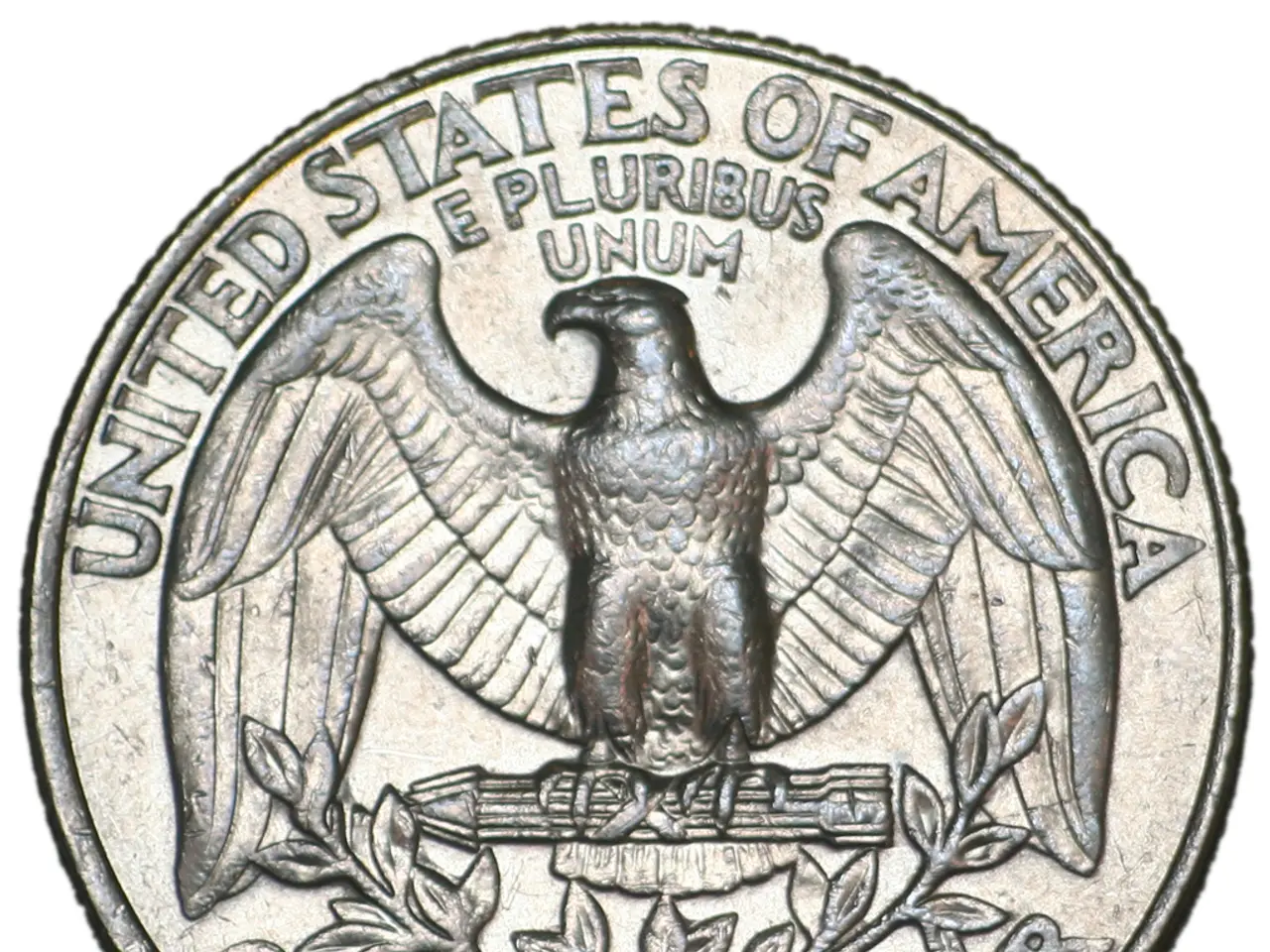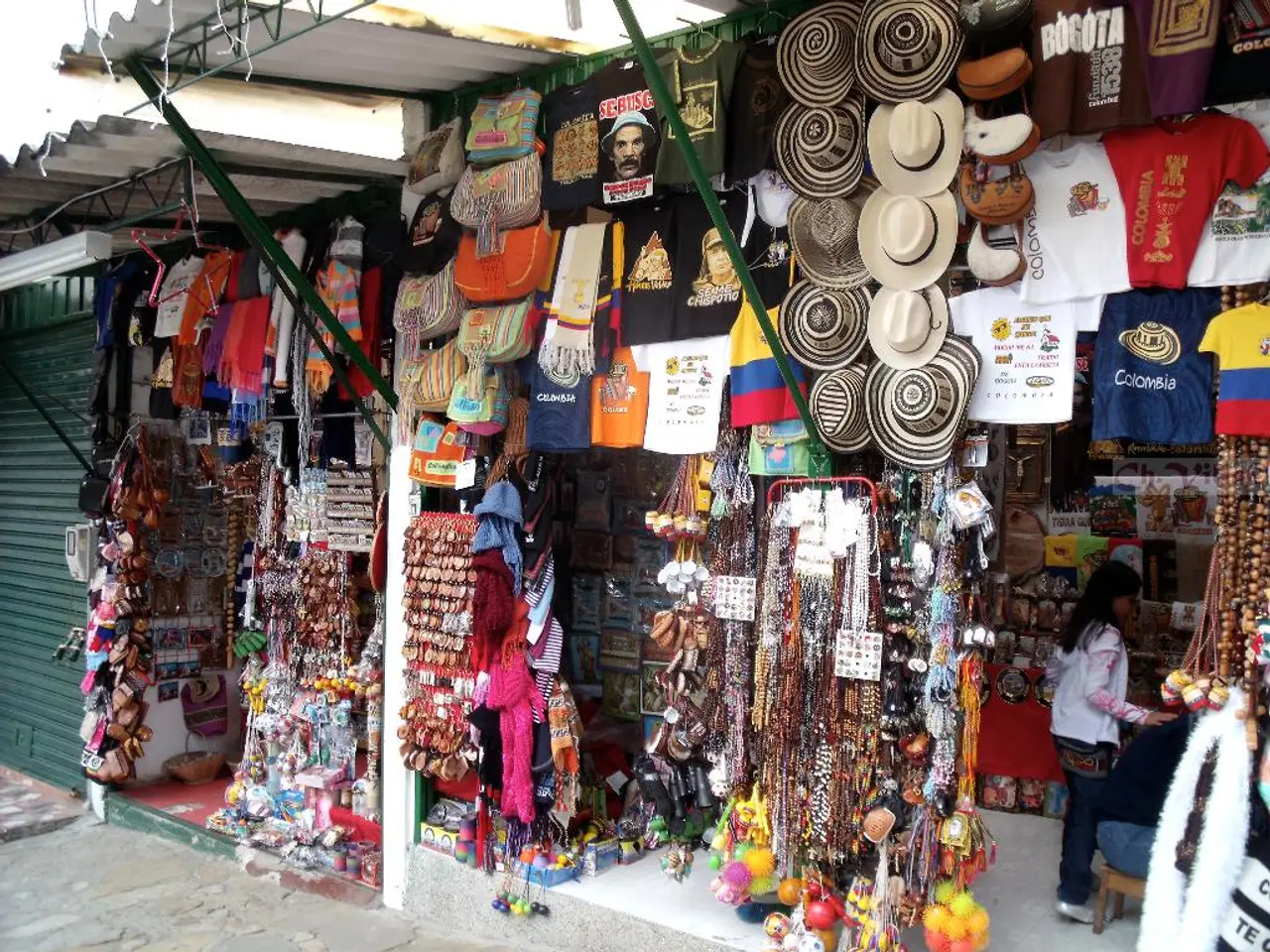Monero's Metoric Rise Largely Attributed to Money Laundering
Massive surge in Monero's price suspected to be linked to $330 million heist from early Bitcoin icon, according to ZachXBT.
In a shocking turn of events, Monero, the popular privacy coin, saw a staggering 50% surge on April 28, 2025. Despite initial speculations of this increase being tied to positive developments in adoption or technology, new revelations suggest otherwise. The price jump may well be linked to a massive money laundering operation.
The surge from $228 to a peak of $347 before a correction to around $295 appears to be closely associated with a whopping $330 million Bitcoin laundering scheme. Pseudonymous blockchain sleuth, ZachXBT, unveiled this suspicious transaction, flagging the stolen Bitcoin being laundered through multiple crypto exchanges, with Monero being one of the key assets involved in the wash.
Initially, some mistakenly linked the price surge to Monero's proposed upgrade that could make it more compliance-friendly. However, the rally quickly dwindled once the money laundering news surfaced, casting doubts on the sustainability of the jump.
The laundering operation, which hopped through at least six instant cryptocurrency exchanges, caused a sudden spike in demand for Monero, temporarily driving up its price. The timing of the price surge closely aligns with the movement of the stolen Bitcoin, hinting at a direct link.
Although the origin of the laundering scheme remains uncertain, ZachXBT suggested it isn't linked to North Korean hackers. Instead, the funds seem to have been stolen from an original Bitcoin owner who suffered a heavy loss.
The incident raises renewed concerns about privacy coins like Monero being exploited in large-scale money laundering schemes. This, in turn, draws scrutiny from regulators and law enforcement agencies due to their role in obfuscating illicit funds. If anything, this event underscores the ongoing challenges regulators face in tracking and controlling criminal financial activity in decentralized and privacy-focused cryptocurrencies.
While Monero's technological upgrades aimed at compliance and usability continue, this case demonstrates how the privacy features could attract misuse, complicating the balance between user privacy and regulatory oversight.
Insights:
- The incident involved at least six instant cryptocurrency exchanges, and according to ZachXBT, the laundering operation wasn't linked to North Korean hackers but rather an initial Bitcoin owner who was victimized.
- The laundering activity drew regulatory and law enforcement scrutiny, renewing concerns about privacy coins like Monero being used for illicit activities.
- The price surge attributed to laundering rather than legitimate demand suggests such artificial pumps could be short-lived and might undermine investor confidence.
- This event underscores the ongoing challenges regulators face in tracking and controlling criminal financial activity in decentralized and privacy-focused cryptocurrencies.
- The surge in Monero's price on April 28, 2025, from $228 to a peak of $347 and then a correction to around $295, was closely linked to a $330 million Bitcoin laundering scheme, according to ZachXBT's findings.
- The laundering operation, involving at least six instant crypto exchanges, used Monero as one of the key assets in the wash, contributing to the temporary increase in Monero's demand and price.
- The price surge initially had some speculating positive developments in adoption or technology, but it was eventually linked to a massive money laundering operation, causing doubts about the surge's sustainability.
- Although the origin of the laundering scheme remains uncertain, ZachXBT suggested it wasn't linked to North Korean hackers but rather an original Bitcoin owner who suffered a heavy loss.
- This event raises renewed concerns about privacy coins like Monero being exploited in large-scale money laundering schemes, drawing scrutiny from regulators and law enforcement agencies due to their role in obfuscating illicit funds.
- Monero's future technological upgrades, aimed at compliance and usability, are challenged by the potential for privacy features to attract misuse, complicating the balance between user privacy and regulatory oversight in decentralized and privacy-focused cryptocurrencies.




